Heat Exchanger Tube Cleaning Machine
Product Details:
- Usage Industrial
- Color Blue
- Product Type Heat Exchanger Tube Cleaning Machine
- Power Source Electric
- Material Metal
- Type High Pressure Cleaner
- Condition New
- Click to View more
Heat Exchanger Tube Cleaning Machine Price And Quantity
- 1 Set
- 650000.00 INR/Set
Heat Exchanger Tube Cleaning Machine Product Specifications
- New
- Electric
- Electric
- High Pressure Cleaner
- Heat Exchanger Tube Cleaning Machine
- Cold Water Cleaning
- High Pressure Cleaner
- Industrial
- 440 Volt (v)
- Blue
- Metal
- Container / Bottle Cleaning, Descaling / Stripping
Heat Exchanger Tube Cleaning Machine Trade Information
- All over India
- 15 Set Per Month
- 7 Week
- Yes
- Contact us for information regarding our sample policy
- Wooden box with plastic wrapping, Export packaging, As per client demand.
- Asia, Australia, Central America, North America, South America, Eastern Europe, Western Europe, Middle East, Africa
- All India, Madhya Pradesh, Jammu and Kashmir, West Bengal, Punjab, Manipur, Tamil Nadu, Himachal Pradesh, Central India, East India, Uttar Pradesh, Assam, Dadra and Nagar Haveli, Jharkhand, Daman and Diu, Haryana, Chandigarh, North India, Tripura, Uttarakhand, Bihar, Delhi, Andhra Pradesh, Andaman and Nicobar Islands, Karnataka, Gujarat, Pondicherry, Sikkim, Nagaland, Arunachal Pradesh, Lakshadweep, Meghalaya, Rajasthan, Chhattisgarh, Mizoram, Telangana, Kerala, South India, Maharashtra, West India, Odisha, Goa
- MSME, IEC
Product Description
Hydro Jetting Machine Pressure for Heat Exchanger Tube Cleaning Pump Machine
Problem:
Industries where Heat exchangers are used regularly face problem of material deposition in and on tube bundles. This deposition reduces efficiency of Heat exchanger. It is very difficult to remove deposition manually, this process is less effective and it is also risky.
Solution:
Lynx Pressure System makes Water / Hydro Jetting Machine with complete systems helps to clean the inside tube and outside. Our System helps to clean 2 or more tubes at a time with effectiveness and also reduce time to clean by 70%.
High Pressure Pumps Accessories:
High Pressure Dump Gun, Conventional Tube Cleaning Nozzles, SS Rigid Lance, Flexible Lance, Pressure Regulating Valve, Safety Valve, etc.
Hydro Jetting Machine Model Selection:
|
MODEL |
FLOW RATE (LPM) |
MAX. RATED PRESSURE - kg/cm2 (Motor - hp) |
||
|
PXI 17.350 |
17 |
350 (15) |
- |
- |
|
PXI 21.500 |
21 |
500 (30) |
- |
- |
|
MPX 30.500 |
30 |
500 (40) |
- |
- |
|
BMP18 |
30 |
500 (40) |
- |
- |
|
MP3575P |
35 |
620 (60) |
750 (75) |
1000 (100) |
|
MP4580P |
45 |
500 (60) |
625 (75) |
840 (100) |
|
MP5270P |
52 |
- |
530 (75) |
720 (100) |
|
MF24 |
62 |
655 (100) |
790 (120) |
- |
|
MF26 |
73 |
560 (100) |
670 (120) |
770 (150) |
|
HP42140P |
42 |
900 (100) |
1000 (120) |
1400 (150) |
|
HP52110P |
52 |
- |
880 (120) |
1100 (150) |
|
HP60100P |
60 |
- |
- |
1000 (180) |

Price:
- 50
- 100
- 200
- 250
- 500
- 1000+

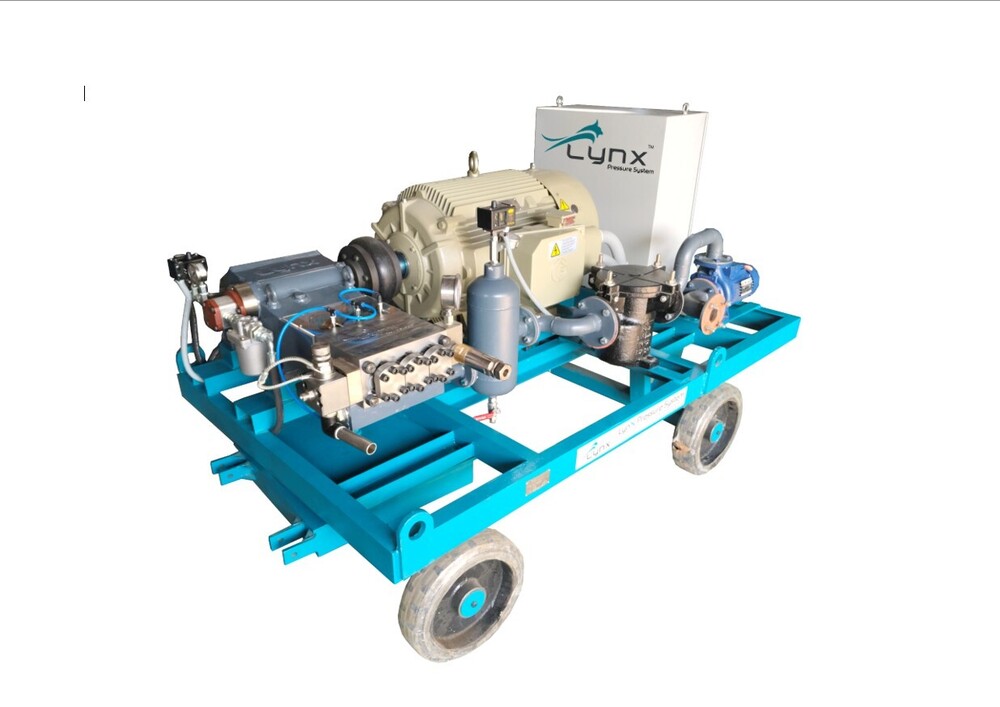

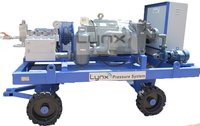
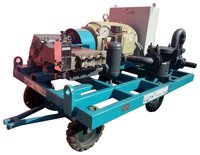
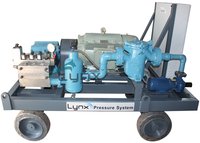

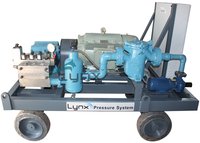
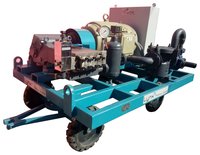
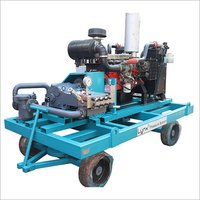
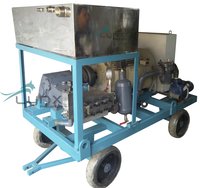

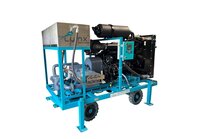
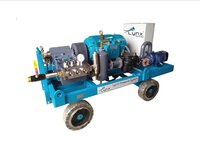
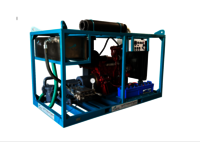
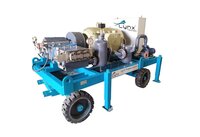
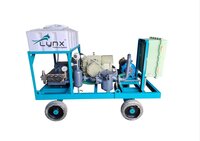
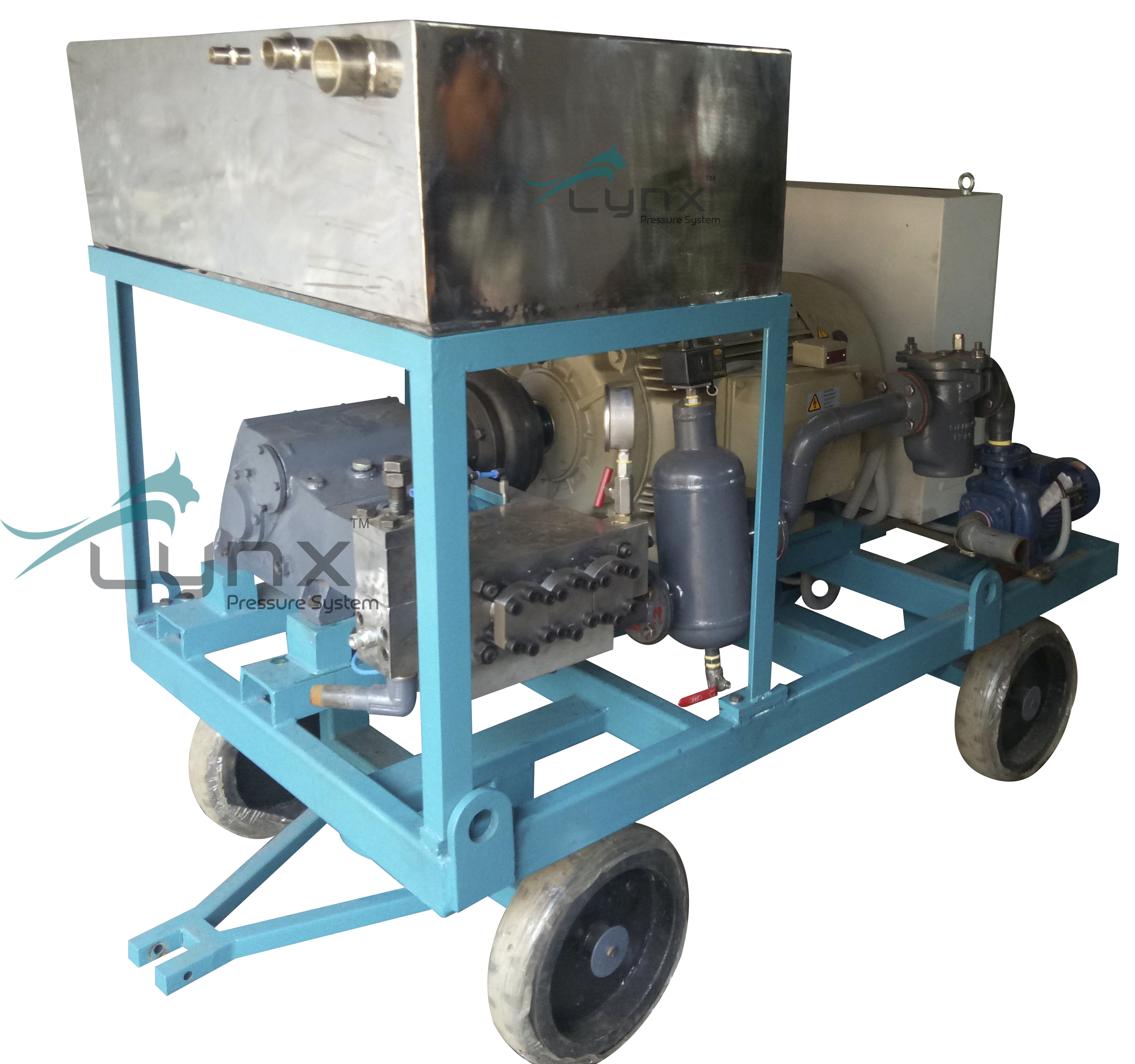















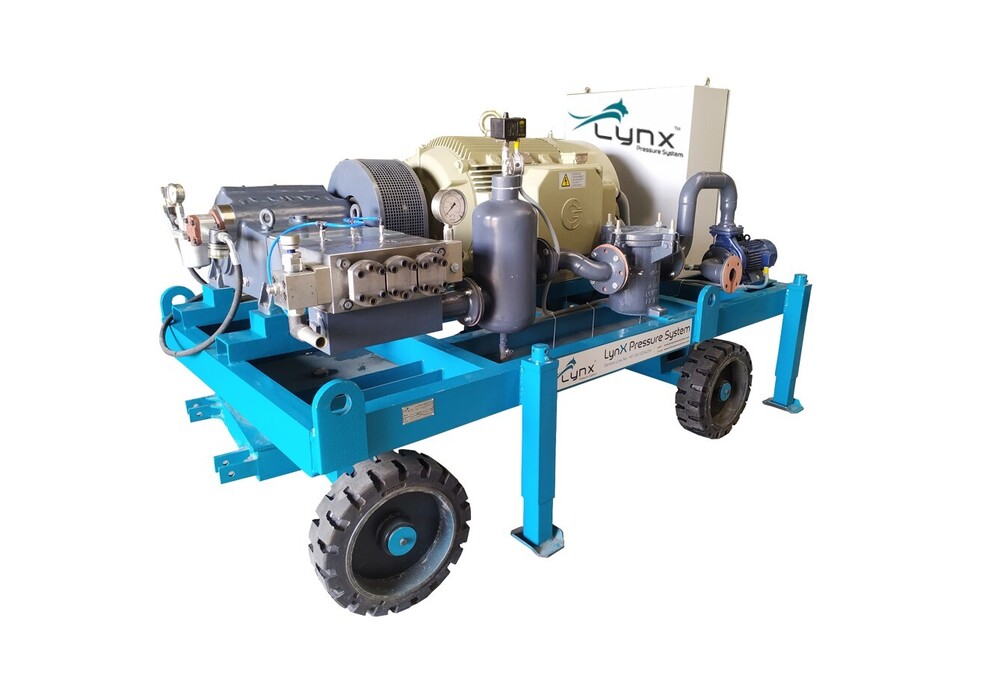
 Call Me Free
Call Me Free
